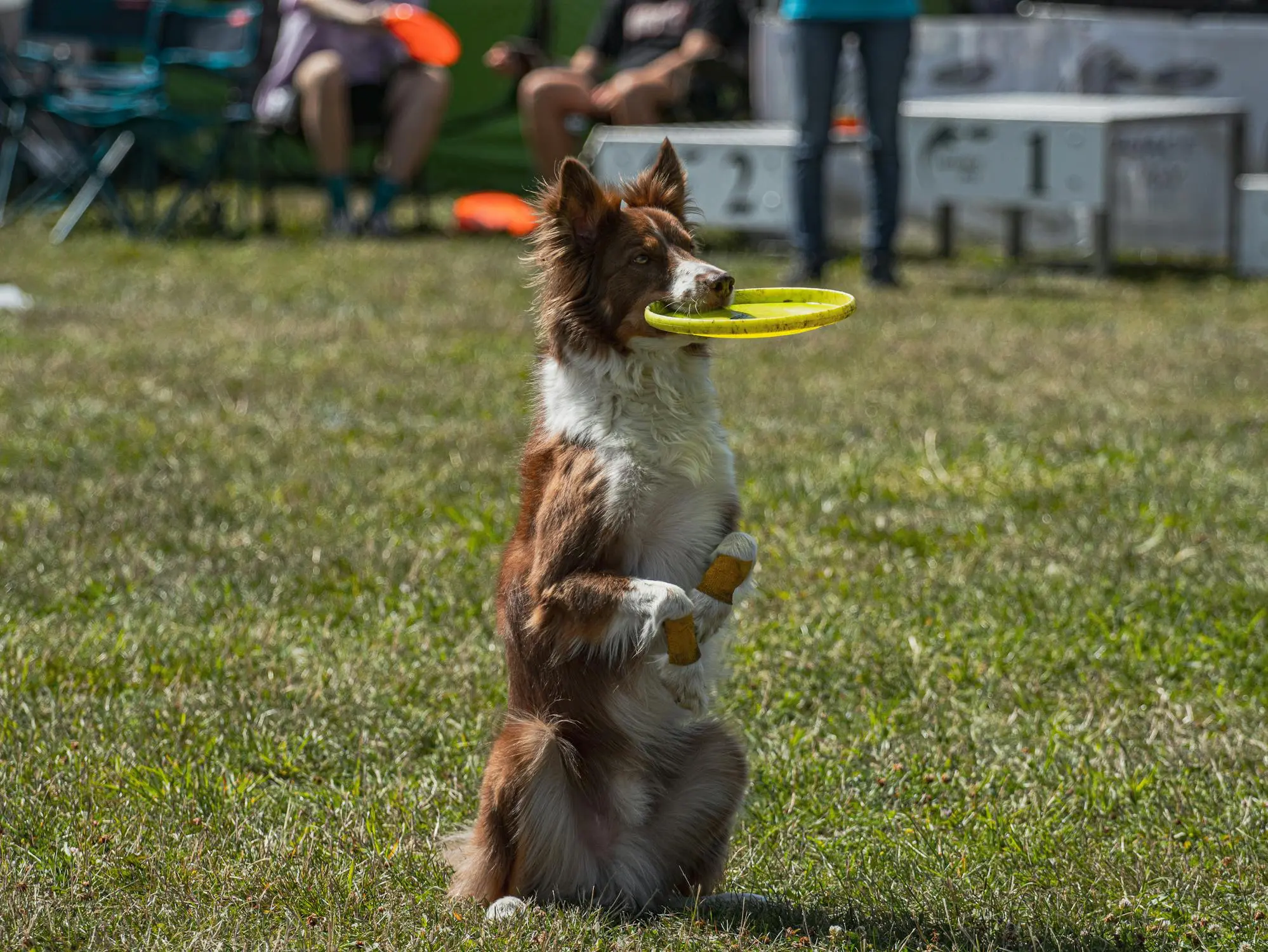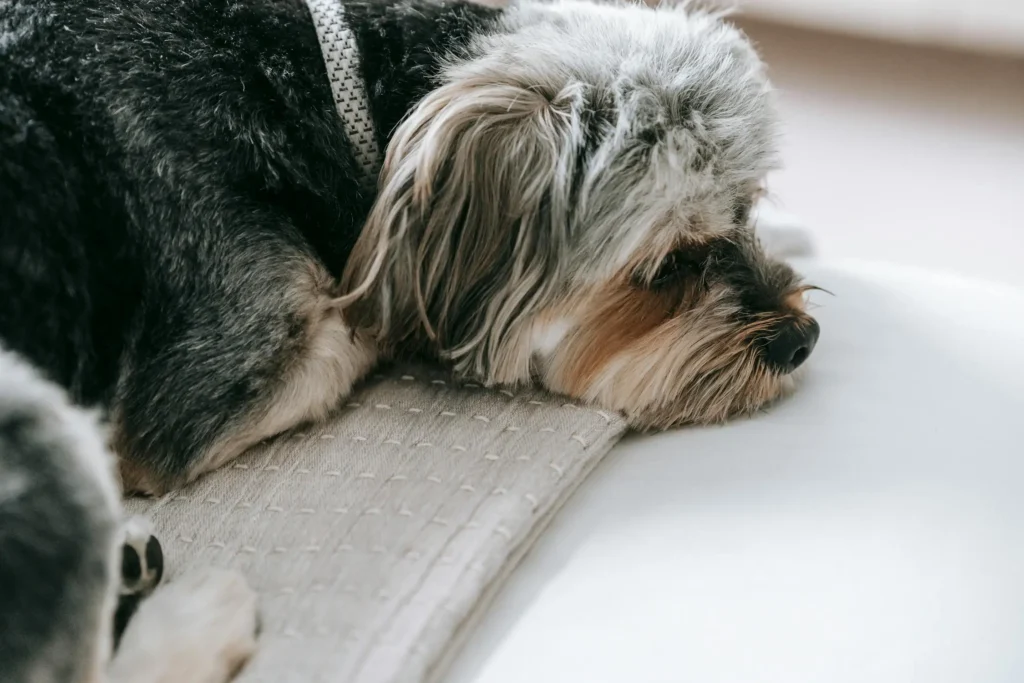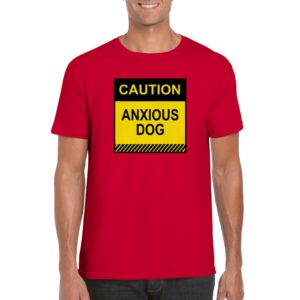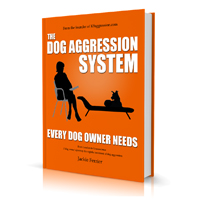Your cart is currently empty!
What is Shaping Behavior?

Shaping dog behavior is a reward based technique based on teaching a target behavior is a series of gradual steps, each steps being a slight extension of that last.
Shaping is an expression often used by people who are familiar with clicker training, as clicker training is an ideal method for shaping behavior relatively quickly (and fun!).
Shaping can be good for more complex behaviors or for dogs who are more inhibited about trying different behaviors out.
A brief explanation of clicker training
Clicker training is just like reward training with one small difference. We play or create a sound immediately before the treat – usually its a clicking sound make with a little clicking device, but it could be anything that is distinct enough for the dog to pay attention to it and consistent.
If you play the sound and follow it enough times with a treat, then the dog knows that the sound means a treat. Once this learning has occured, the dog is ready to start to look for patterns that make the sound happen.
Why is this useful?
Playing a sound allows us to “mark” or communicate to the dog the exact point where the dog is doing something that we want to repeat. It results in more precise communication than using a treat alone.
Shaping behavior with clicker training
For example, if we were trying to teach a dog to sit (and then stay) the dog might get clicked as soon as his back legs start to bend, rather than for when the dog actually has his or her bottom on the ground. Once the dog is predicting that he or she gets clicked when their back legs bend, they usually start volunteering this behavior (they’ll often try to other behaviors to test their prediction!). Once they start doing the desired behavior quickly and consistently, the trainer then waits for a more obvious leg bending that is even closer to an actual sit.
Quite often when a dog doesn’t get the click they are expecting, they will try to be more obvious about the behavior (probably thinking we missed it). When we click the more obvious behavior the dog has learned that making things more obvious works if they don’t click.
Now we reward only for the more obvious leg bending until that is consistent and reliable. Once it is, we again wait for an even closer approximation of a sit, and go through the process again of only rewarding that, and so on until the dog’s bottom is eventually on the ground. Then we can extend a sit-stay in the same fashion, waiting just a touch longer with each phase. Eventually you use a word before you start the sequences they have now learned, like “Sit.” So they’ll learn that this work predicts the sequence that eventually results in a treat.
If it sounds boring and tedious, be assured it isn’t! Once the dog understands the system of guessing, it becomes a fun and challenging guessing game for the dog and this makes it fun for you!
(Just make sure that you don’t work too long. This is mentally tiring for a dog.)
Using Shaping for teaching a dog to relax

Not all dogs understand what it means to relax, but surprisingly this is possible to teach although it takes a fair amount of patience on your end.
When at home in a non-stimulating environment, particularly when your dog has been well exercises, you can start to shape for increasing levels of relaxed behavior.
The clicker sound and treating is a stimulating activity, which works to differentiate between getting up and being excited to get the treat, and then what it means to be rewarded for relaxing. It usually relies on a dog finally get bored with waiting and sometimes requires you to put up with a whole lot of testing behaviors (pawing, barking, whining, etc.)
First you might click for a sit a few times, then wait. Wait until you dogs finally gives up and lies down and then click again, and then for various behavioral signals that show increasingly levels of relaxation.
Being able to cue your dog to relax is useful when you eventually start to work with them in the presence of their triggers.
Because if they can’t be encouraged to relax in a non-stimulating environment, or in a situation where there are non-threatening distractions, they will not be able to relax in the presence of their triggers.
Using Shaping for teaching a dog to relax in the presence of his or her aggression triggers
If you are able to get enough space between you and your dog’s triggers (say for example a person or a dog 10 feet away or whatever the distance is for your particular dog), you can reward your dog for being calm in the presence of their trigger.
When your dog is willing to consistently sit calmly and pay attention to you even though they are completely aware of the other person or dog, you can gradually reduce the distance. We would suggest changing the distance in only small increments.
If your dog shows any kind of intensity that indicates they are not relaxed, like tension in the body or snatching at treats, continue to increase the distance until your dog is able to relax.
Examples of shaping behavior
The following videos shows a dog being shaped to go to their bed or flipping a light switch. Keep in mind that once dogs learn clicker training, they learn there is value in paying attention to what they just did so they can repeat the behavior with a little variation.
However, for dogs that are new to clicker training, you must be patient! The process takes much longer for dogs that have been punished and/or “corrected” for behavior in the past. These dog are cautious of doing the wrong thing and aren’t likely to offer up any behaviors. In fact, anuthing new has put them on alert. That’s ok. Just be patience and wait. If you have a dog like this, you may have to just start clicking for them doing anything. It’s valuable to work with a trainer in this case.
If you start clicker training, work with something easy and keep the sessions short. But the best part about clicker training, is that even if they don’t get it at first, they tend to enjoy it.
Note that the woman in the video is doing nothing else but clicking and rewarding so she doesn’t distract the dog from working out what they should do.
Check out this video that shows a dog figuring out how to turn on a light switch and is a good example of how to “shape” behavior with a clicker (your dog needs to know what the clicker sound means – easy to teach tho). Great for mental stimulation and you can train other things this way, too. For those dogs that are not food motivated, or those who are overweight, consider feeding your dog his or her meals this way.
Enjoy!
ADVERTISEMENT
The Dog Aggression System Every Dog Owner Needs E-book

Anxious Dog Shirts only available in our shop

Keep people away with our Stand back shirts
ADVERTISEMENT
ADVERTISEMENT
Tags:

